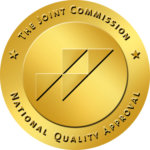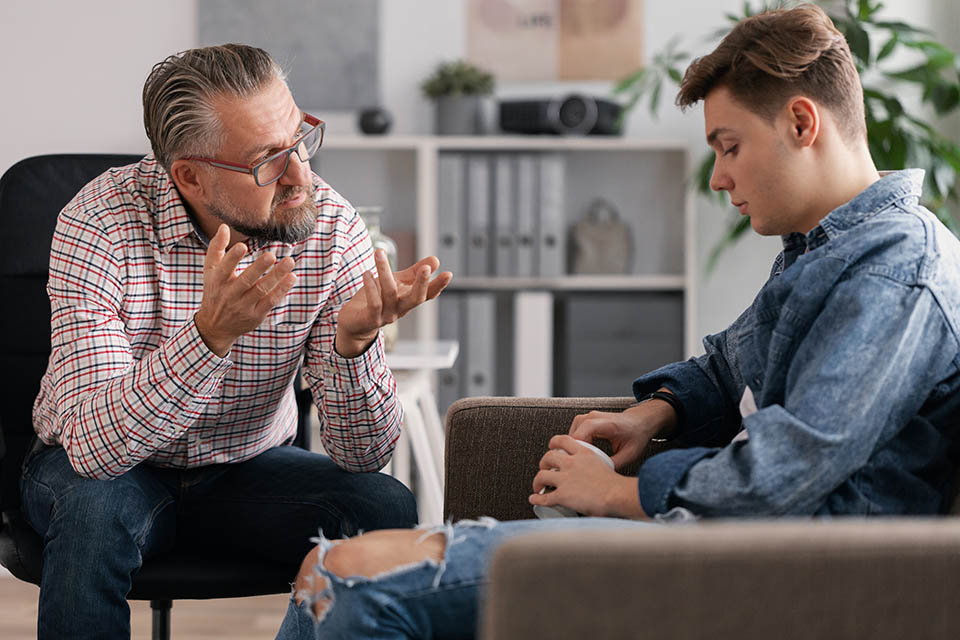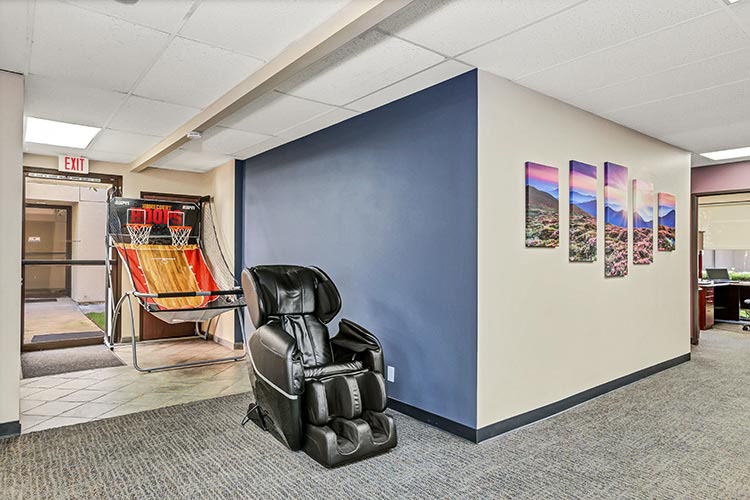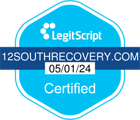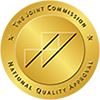Could It Be More Than Just a Prescription?
Vicodin might seem like a routine solution for pain but what if it’s quietly causing more harm than healing? Every day, this commonly prescribed painkiller is taken by people trying to manage discomfort. Yet without warning, it can spiral into something far more serious: addiction.
Maybe you’ve seen someone you love acting differently like skipping sleep, withdrawing from friends, or lashing out for no clear reason. Or perhaps you’ve noticed they’re relying on their medication more than ever. These are not just side effects, they could be symptoms of Vicodin addiction.
At 12 South Recovery in Lake Forest, CA, we’re here to offer answers and real help. If something doesn’t feel right, trust that instinct and reach out today.

What Is Vicodin and Why Is It Prescribed?
What is Vicodin? Vicodin is a prescription medication that combines two active ingredients: hydrocodone, a powerful opioid pain reliever, and acetaminophen, a non-opioid fever reducer and pain reliever. This dual-action makes it highly effective for treating moderate to severe pain—especially after surgeries, dental work, or injuries.
What Is Vicodin Used For?
Doctors may prescribe Vicodin when over-the-counter pain relievers are not enough. It’s commonly used to manage:
- Post-surgical pain
- Injury-related pain such as broken bones or sprains
- Chronic pain in conditions where alternative treatments have failed
Vicodin works by blocking pain signals in the brain and altering how the nervous system responds to pain. While this provides temporary relief, the opioid component (hydrocodone) can also produce a sense of calm or euphoria. This is where the risk lies—individuals may begin taking the drug not just for pain, but for how it makes them feel.
This psychological pull, paired with physical dependence, is what can lead to Vicodin addiction.
Vicodin Brand Names and Dosage
Vicodin is often referred to by its generic name, hydrocodone/acetaminophen, but it is also sold under brand names such as:
- Norco
- Lortab
- Lorcet
The strength and frequency of Vicodin dosage can vary, but common prescriptions might include one to two tablets every 4 to 6 hours as needed. However, repeated use can lead to tolerance—meaning the same dose becomes less effective over time, prompting the person to take more.
When taken outside the prescribed limits or used recreationally, Vicodin becomes a gateway to dependency and serious substance abuse issues.
How Long Does Vicodin Last and Stay in Your System?
Knowing how Vicodin functions within the body plays a crucial role in identifying early signs of misuse and protecting against dependence. When someone takes Vicodin, the drug is rapidly absorbed into the bloodstream and starts acting on the brain’s opioid receptors to block pain. But beyond just easing discomfort, it also produces a sense of euphoria, which can tempt individuals to misuse it. Monitoring how the drug metabolizes, how long it lingers in the system, and how frequently it’s used can help patients, caregivers, and healthcare professionals detect the early warning signs of addiction and take preventive action before it progresses.
How Long Does Vicodin Last?
After a single dose, Vicodin typically provides pain relief for 4 to 6 hours. Its quick onset makes it a go-to option for acute pain, especially in the hours following surgery or injury. However, this relief is short-lived, and for individuals experiencing chronic pain or using the medication repeatedly, the body may start adapting.
This adaptation is known as tolerance—when the same dose no longer produces the desired effect. As a result, users may increase their dosage without consulting a medical provider, which significantly raises the risk of developing dependence and addiction. The cycle of chasing pain relief becomes more dangerous over time, especially if the dosage continues to climb.
How Long Does Vicodin Stay in Your System?
Vicodin’s presence in the body varies based on factors like metabolism, age, and frequency of use. On average:
- Urine: detectable for up to 3–4 days
- Blood: detectable for up to 24 hours
- Saliva: detectable for up to 2 days
- Hair: detectable for up to 90 days
These timelines are especially important in drug screening and addiction assessment settings.
What Are Vicodin Side Effects and Signs of Misuse?
Even when taken as prescribed, Vicodin can cause a range of side effects that affect both the body and mind. These effects may begin subtly—like feeling extra sleepy or experiencing mild nausea—but can quickly grow into more disruptive issues such as dizziness, difficulty concentrating, or mood swings. For some people, especially those with prolonged use, side effects may lead to serious health complications like liver damage or slowed breathing. Recognizing these signs early is essential. It can mean the difference between safe recovery and the onset of long-term dependence or addiction.
What Are Vicodin Side Effects?
Common side effects include:
- Drowsiness
- Dizziness
- Nausea
- Vomiting
- Constipation
- Euphoria or unusual mood changes
In some individuals, Vicodin use can trigger more serious effects such as liver damage, primarily caused by the acetaminophen component when taken in high doses or over long periods. Acetaminophen is generally safe in moderate amounts, but exceeding the recommended dosage can overwhelm the liver and lead to toxicity or even liver failure. Additionally, hydrocodone, the opioid in Vicodin, can suppress the central nervous system, leading to slowed or shallow breathing—a condition known as respiratory depression. This can be life-threatening, especially when Vicodin is combined with other substances like alcohol, sedatives, or other opioids. These risks highlight the importance of using the medication strictly as prescribed and under close medical supervision.
Is Vicodin Addictive?
Yes, Vicodin carries a high potential for addiction, primarily because of its opioid component—hydrocodone. Many people start by following their prescription exactly, but over time, they may find themselves needing more of the medication just to feel the same relief. This growing tolerance can quietly shift into dependence, both physical and psychological, often without the person realizing it.
As this dependency deepens, it can lead to behaviors that might seem out of character: taking higher doses than prescribed, visiting multiple doctors to obtain more pills, or even crushing and snorting the medication in an attempt to intensify its effects. These aren’t just signs of misuse—they’re red flags of a serious addiction that needs attention.
These behaviors are key indicators of Vicodin addiction, and recognizing them early can be the first step toward getting meaningful help.
What Are Vicodin Addiction Symptoms?
Addiction doesn’t appear overnight—it builds over time. Below are the most common Vicodin addiction symptoms to watch for in yourself or someone close.
Physical Symptoms:
- Constricted (tiny) pupils
- Slurred speech
- Fatigue or drowsiness
- Slowed breathing
- Unexplained nausea or itching
Behavioral Changes:
- Secretive or deceptive behavior
- Missed work, school, or obligations
- Changes in sleep habits
- Isolation from friends or family
- Decline in personal hygiene
Psychological Red Flags:
- Intense cravings
- Mood swings or irritability
- Anxiety or depression
- Paranoia or confusion
These symptoms often worsen without professional drug addiction treatment, making early intervention crucial.
What Treatment Is Used for Vicodin Addiction?
Recovering from Vicodin addiction requires a thoughtful, multi-step treatment approach that addresses both physical and emotional factors.
Medical Detox
This is the first step in treating Vicodin addiction. Medical detox helps individuals safely stop using the drug while managing painful or dangerous withdrawal symptoms. Medical supervision is critical to prevent complications.
Inpatient or Outpatient Rehab
After detox, clients can transition into inpatient rehab (where they stay on-site) or outpatient programs (where they attend sessions and live at home). Both models offer:
- One-on-one therapy
- Group support
- Education on coping skills and relapse prevention
Counseling and Therapy
Treatment plans often include Cognitive Behavioral Therapy (CBT) and motivational interviewing. These methods help people shift their thinking and behaviors around substance use.
Aftercare and Support Groups
Ongoing support is essential for lasting recovery. Many people benefit from:
- 12-step programs
- Alumni networks
- Relapse prevention planning
At 12 South Recovery, we provide proven solutions that support long-term healing from substance abuse in a warm, welcoming environment.
Why Prompt Action Matters
Vicodin addiction isn’t something to wait on. It can escalate quickly—impacting careers, families, health, and even leading to fatal overdoses. The good news? Recovery is possible.
With the right drug addiction treatment, thousands have successfully taken back their lives. At 12 South Recovery, we offer individualized care plans that treat more than just symptoms—we treat the whole person with compassion and care.
Spread Awareness, Spark Recovery
If you or someone you care about is showing signs of Vicodin addiction, don’t face it alone. Help is available, and recovery starts with one step—reaching out.
If you need guidance or support, contact 12 South Recovery in Lake Forest, CA today. Our expert team is here to support your recovery process with care and dignity.

